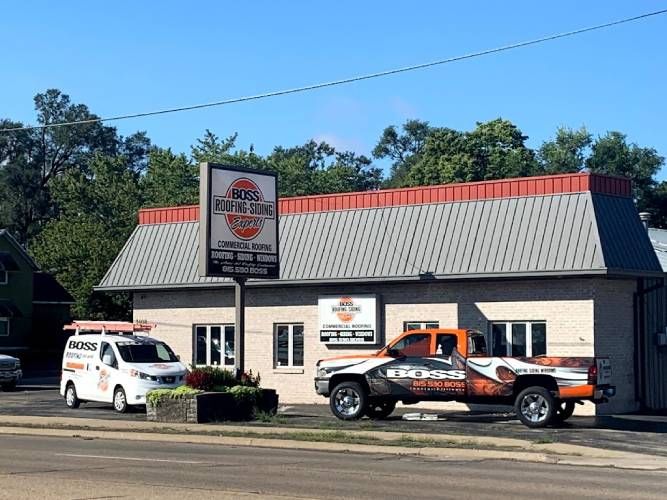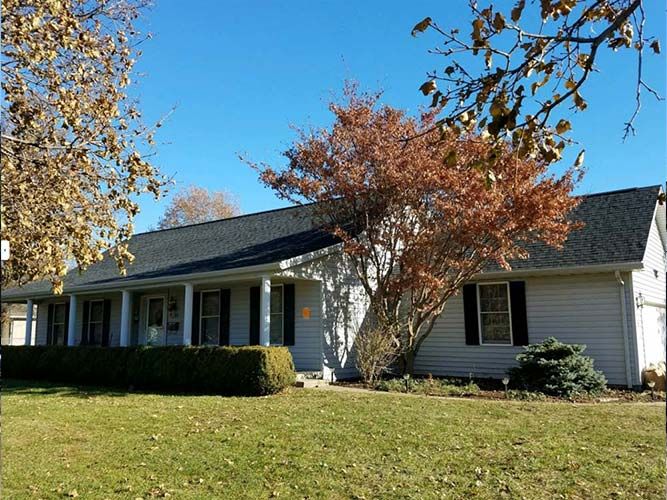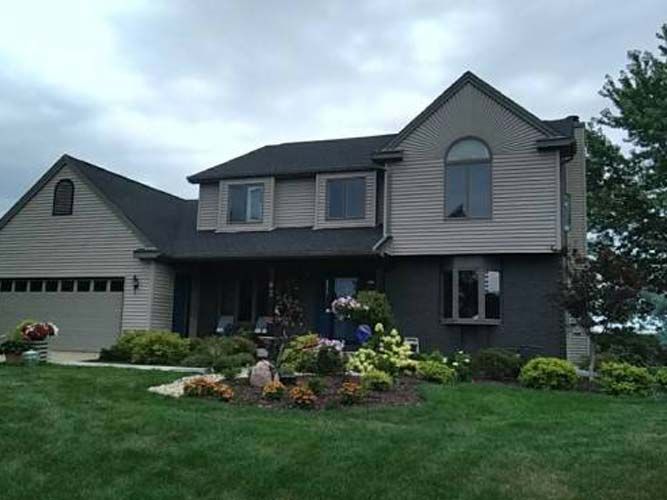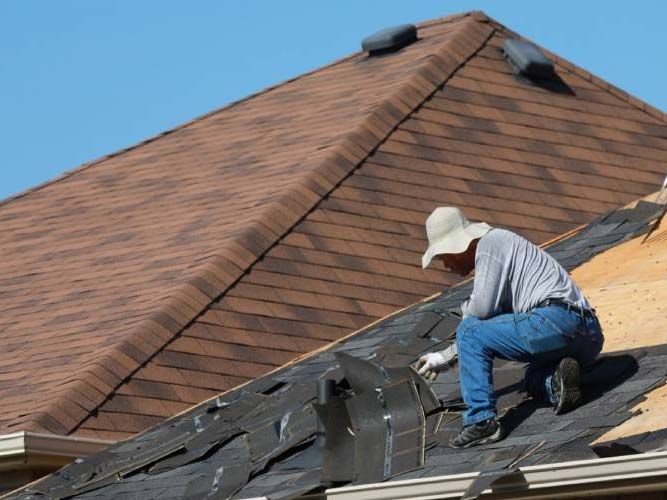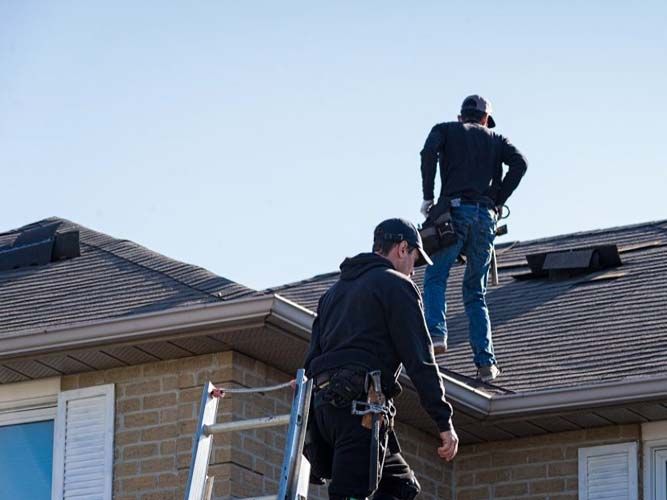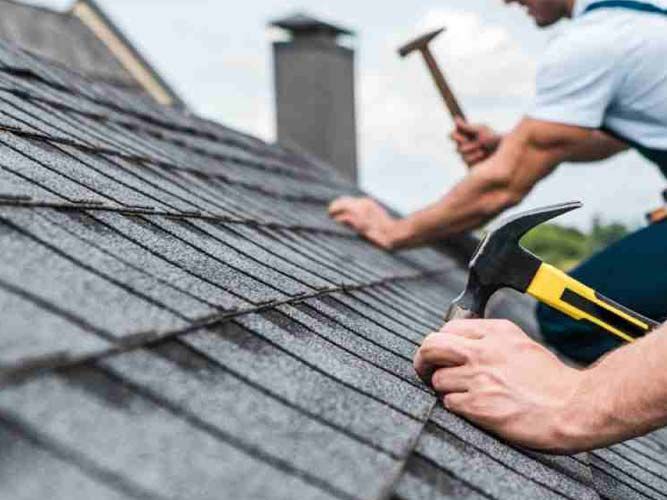Grasping the intricacies of the roof replacement process is crucial for every homeowner about to embark on this significant home improvement journey. Especially when it comes to the pivotal decision of whether to stay home or vacate during the procedure, understanding the advantages and disadvantages becomes paramount. For those leaning towards staying put, a comprehensive guide can not only allay concerns but also provide actionable insights to make the experience smoother and more manageable. This article aims to be that guide, shedding light on the various aspects homeowners should consider to ensure a successful and stress-free roof replacement.
Understanding the Roof Replacement Process
Replacing a roof is a major decision for many homeowners, and a complex process. It is important to understand every step in order to ensure a successful replacement. The first step in the roof replacement process is for a roofing contractor to perform an assessment. This assessment includes inspecting the existing roof, assessing the condition of the roof materials and determining what needs to be done to complete the replacement. Furthermore, the contractor will check the angle of the roof, as well as the type and style of roof shingles. Additionally, any extenuating circumstances such as ventilation or insulation should be considered and addressed if necessary.
On the other hand, the roofing contractor will develop an estimate outlining the cost of the job, including all materials and labor. If the estimate is accepted, a contract will be drafted and signed by both parties. The actual roof replacement will then begin, with the roofing contractor confirming the measurements, preparing the work area and removing the old roofing material. During this time, the area should be cleared of any debris and the walls should be covered to prevent any damages.
In addition, upon completion of the roofing job, the contractor should provide the homeowner with an explanation of the work performed, including a layout of the new material. Similarly, they will provide the owner with documentation of the roofing materials used, and a warranty for any work completed. Consequently, the owner is able to stay informed throughout the process and understands what to expect with the finished product.
Pros of Staying Home During the Roof Replacement
There are many pros of staying home during a roof replacement. To begin, it means that any disruptions to regular daily activities can be minimized, as a homeowner would be able to go about their day without disruption. In addition, as new materials and processes are applied to a roof during replacement, the homeowner would be there to see the project completed with their own eyes, ensuring that all is finished properly. Similarly, it is then possible to ask questions and get a better understanding of how the job is being done, and if specific instructions are to be taken into account regarding the upkeep of the new roof.
Moreover, staying home during the roof replacement could be beneficial to the overall safety of the house. As work is being done, the homeowner can be there to better assess any potential hazards that exist, and can ensure that safety regulations are being followed. Furthermore, if any unforeseen issues come up, it would also be possible for the homeowner to address them immediately. On the other hand, if no one is living in the house during the roof replacement, there is a risk that any problems that arise will go unnoticed, leading to their possibly worsening.
In contrast, staying home during the roof replacement means that the homeowner will have to be willing to accept and accommodate the work process, as well as any visitors to the house. Therefore, it is important that the homeowner is both comfortable with having people around, and with the potential for their property being exposed to the elements of the natural environment. Similarly, there should also be a system of keeping track of the project’s progress, so as to ensure that the job is done properly and on time.
As a result, it is important to consider both advantages and disadvantages of staying home during a roof replacement before beginning the process. Staying home can be beneficial to the homeowner, as they can guarantee that the project is done properly, and that no surprises arise. However, they must also be willing to accept the disruptions to their daily routine, and any possible risks that could arise from having workers in their home.
Cons of Remaining at Home During the Roof Replacement
One of the primary cons of remaining at home during a roof replacement is the safety risk posed by being on the property while construction is taking place. Falling debris, such as nails and shingles, from the roof project can cause serious harm if a person is in the path of the debris. Similarly, workers on the roof may not be aware of a person’s whereabouts and pose their own safety risk if they are not given proper warning about the presence of inhabitants. On the other hand, the noise and disruption associated with a roof replacement could be bothersome while the person is trying to carry out normal activities. Furthermore, there could be various particles and dust that make their way inside of the home, particularly if the windows and doors are left open to ventilate the property. As a result, household inhabitants could be exposed to allergens and irritants that come along with a roof replacement that may have negative health consequences. Additionally, homeowners stand to not fully benefit from the project in terms of improvements if they cannot personally monitor the progress of the works being done. Therefore, remaining at home while a roof replacement is ongoing may not be the best decision for those who would prefer not to risk their well-being in the face of potential hazards.
Essential Tips for Homeowners Considering to Stay During Their Roof Replacement
Staying in your home during roof replacement can be a great way to save time and money. However, it can also be filled with unexpected challenges. Therefore, to make the process of a roof replacement while living in the residence a success, here are some essential tips to consider:
Firstly, have an emergency plan in place. The roof in your home is part of a complex structure, and unexpected challenges might arise while the repair is taking place. Make sure you have a plan in place to deal with any unexpected occurrences, such as high winds or heavy rainfall. Moreover, be sure to have all the necessary tools, supplies, and resources for repair work, such as tarps and ladders, on hand in case of emergencies.
In addition, plan ahead for noise levels and disruption. Replacing a roof is an active process which produces significant noise and disruption. Consequently, consider playing music or running a fan to help block out these sounds. Furthermore, it could be helpful to inform your neighbours about the project and plan for any disruptions associated with it.
Furthermore, pay close attention to ventilation and heat. Roofing projects are conducted in all weather conditions. As a result, follow all guidelines issued by the roofing contractor to ensure proper ventilation and heating during the duration of the project. Similarly, consider using a humidifier or dehumidifier to help balance humidity levels while replacement is taking place.
Lastly, protect your appliances and furniture. Move any furniture, artwork, appliances, electronic devices, and other items away from the area where the roofing project is taking place. In contrast, if the items cannot be moved, be sure to cover them with a tarp or use other protective materials to avoid any potential damage.
All in all, these are some of the essential tips for homeowners considering a roof replacement while living in their residence. By taking the necessary steps and planning ahead, the process will become an overall success.
Final Thoughts
Understanding the roof replacement process is an essential step for any homeowner considering roof renovation. Staying home during the process offers many advantages, such as being able to supervise the contractors, monitor the work, and save costs, however there are disadvantages, such as the noise, dust, and other disturbances that may occur. To ensure a successful replacement process, homeowners should take the necessary precautions to prepare their home for the renovations, including clearing out rooms, cover furniture, and securing any valuables, as well as investing in appropriate safety gear such as gloves, goggles, and a face mask. Call Boss Roofing and Siding for your roofs replacement today!
Frequently Asked Questions
How long does a typical roof replacement take?
The length of time for a typical roof replacement project can vary depending on a few different factors including the size and complexity of the roof and the weather conditions during the project. In most cases, a typical roof replacement project can take anywhere from one to five days to complete.
Is it safe to stay indoors while the work is being done?
Yes, it is generally safe to stay indoors while work is being done on the outside of your home. However, if work is being done on indoor components or areas of your home (e.g. plumbing, electrical wiring, etc.), it is important to check with your contractor and ensure that you are comfortable with their safety rules.
Will I have access to my home’s amenities and utilities during the replacement?
It depends on the situation. Your access to amenities and utilities may be affected while your home is being replaced, so it is best to check with your contractor to make sure you have an understanding of what to expect during this time.
Can I communicate my concerns to the crew while they’re working?
Yes, you can communicate your concerns to the crew while they are working, but it is important to remember to do it respectfully. It is best to speak to the crew at a break or during the day when they are not directly working.
